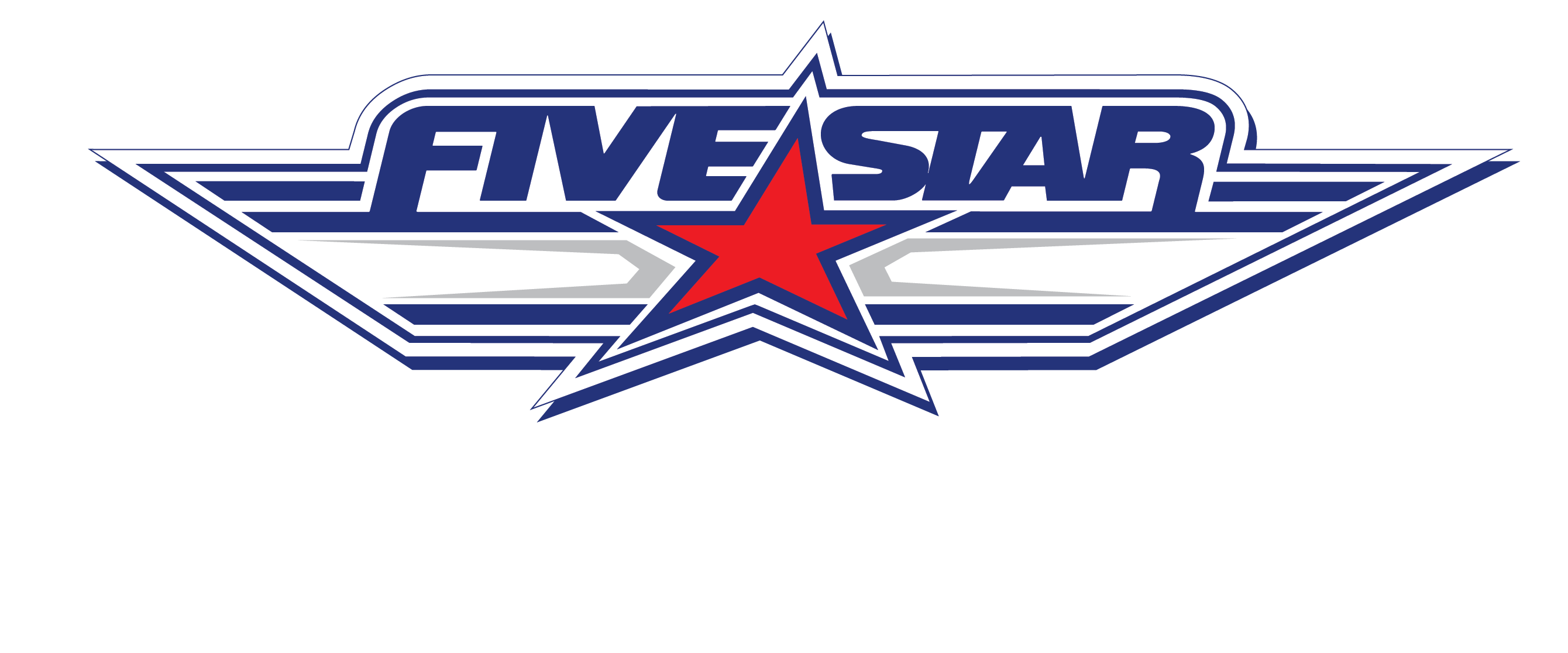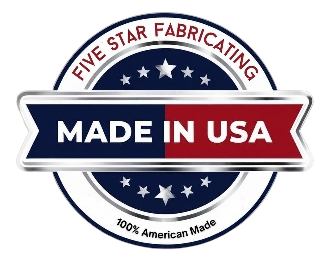
Construction sites punish machines with abrasive dust, flying debris, chemical splashes, UV, and nonstop vibration. Selecting advanced materials—especially polycarbonate glazing engineered for high impact resistance and UV stability—extends equipment life, protects operators, and reduces total cost of ownership. For design engineers, R&D directors, and materials specialists, this guide explains how modern construction materials strategies increase durability and why Five Star Fabricating’s solutions are the practical upgrade for harsh-duty fleets.
What is Enhancing Heavy Equipment Longevity with Advanced Materials?
Definition. Enhancing longevity through advanced materials is the practice of specifying components that resist impact, abrasion, chemicals, and weathering while minimizing mass and preserving optical clarity. In heavy equipment, cab glazing (windshields, doors, side windows) is a primary locus for durability gains.
Purpose & role. The goal is to maintain clear sightlines, structural integrity, and operator protection over long duty cycles—despite wiper abrasion, dust, thermal swings, and daily cleaning. Material choice (e.g., polycarbonate) plus protective coatings directly impacts replacement intervals and uptime.
Significance. For heavy equipment fleets, every avoided re‑glaze and every hour of uptime matters. Material improvements in glazing, guards, and covers deliver measurable lifecycle savings while supporting safety and sustainability targets.
Key Components or Types of Heavy Equipment
- Excavators & Backhoes — trenching/demolition demand shatter‑resistant glazing to withstand flyrock and tool strikes.
- Wheel Loaders & Dozers — constant dust drives wiper abrasion; scratch‑resistant windows preserve visibility.
- Skid Steers & Telehandlers — frequent door cycles benefit from lighter glazing that reduces hinge wear.
- Haul Trucks & Graders — large, optically clear windshields are critical for long shifts and harsh cleaning routines.
Use cases. Across machines, optically clear, impact‑tough glazing directly reduces operator fatigue and incident risk while avoiding downtime from cracked or hazed windows.
Why Advanced Materials for Heavy Equipment Longevity Matter
Construction environments rapidly degrade traditional materials—especially glass glazing. Advanced alternatives improve reliability and visibility while supporting sustainable equipment goals through longer service life and lower mass.
Benefits overview.
- Efficiency: Lightweight components reduce operating mass and hardware strain.
- Cost savings: Fewer replacements from breaks and scratch‑induced haze.
- Performance: Stable clarity and impact resistance under severe duty.
- Sustainability: Longer life means less material waste and fewer shipments.
Specific Benefits of Advanced Materials
- Impact resistance: Polycarbonate can deliver up to 250× the impact resistance of glass (design‑dependent), protecting cabs from aggregate and tool strikes and demonstrating superior polycarbonate durability in the field.
- Abrasion control: Advanced hardcoats maintain low ΔHaze under dust and wiper abrasion, preserving visibility.
- UV stability: Weatherable systems resist yellowing and micro‑pitting during prolonged outdoor exposure.
- Weight reduction: Replacing glass with polycarbonate can remove ~40–60% mass (geometry‑dependent), easing hinges and improving ergonomics.
- Chemical tolerance: Coatings resist cleaners, fuels, and hydraulic fluids better than uncoated plastics.
Real‑world connection. Fewer replacements and clearer sightlines translate to higher productivity and lower total lifecycle cost.
How Advanced Materials Enhance Longevity and Uptime
Mechanisms. Longevity gains come from pairing optical‑grade polycarbonate with engineered coatings and precise forming/finishing:
- Material: High‑impact polycarbonate for strength and optical quality.
- Forming: Drape forming for complex curves; vacuum/pressure forming for precision fit.
- Finishing: Multi‑axis CNC for exact edges, countersinks, and hardware integration.
- Coatings: Abrasion‑resistant and formable hardcoats, anti‑fog, UV‑stable, and chemical‑resistant systems tuned to duty cycle.
- Printing/Marking: Screen‑printed frits for UV edge protection; laser etching for IDs/compliance.
Key Ways Advanced Materials Deliver Value
- Clarity that lasts: Hardcoats engineered for Taber abrasion and wiper abrasion keep haze low in quarry, mining, and concrete environments.
- Design freedom: Formable coatings enable tight radii and wide sightlines without sacrificing surface durability.
- All‑weather visibility: Anti‑fog systems preserve sightlines during humidity swings and cold starts.
- Outdoor durability: UV‑stable stacks resist yellowing and micro‑pitting across seasons.
- Service efficiency: Lightweight glazing simplifies installation and handling in the field.
Examples.
- Wheel loader windshields (quarry): Abrasion‑resistant stacks lengthen re‑glaze intervals.
- Forestry/demolition cabs: Laminated polycarbonate stacks help absorb projectile energy while preserving optical clarity.
Five Star Fabricating’s Role in Advanced Materials for Heavy Equipment
End‑to‑end capability. Five Star Fabricating designs and manufactures polycarbonate performance windows and related components specifically for heavy equipment, delivering repeatable quality from prototype through volume:
- Performance Windows (Polycarbonate): Custom flat/formed windshields, doors, and side windows for harsh duty.
- Fusionite™ Coatings Portfolio: Abrasion‑resistant, formable, anti‑fog, and UV‑stable systems matched to your cleaning regimen and environment.
- Rapid Prototyping: Prototypes in as little as ~2 weeks (scope‑dependent) to verify fit, clarity, and ergonomics.
- Vertical Integration: In‑house tooling → forming → coatings → CNC → screen printing → laser etching → assembly → optical/abrasion/impact/chemical/environmental testing.
- Scale & Quality: ISO 9001:2015; large‑format capacity up to ~8 × 11 ft.
Five Star’s Contributions to Heavy Equipment Longevity
- Impact & weight: Up to 250× glass impact resistance and ~40–60% weight reduction (design‑dependent) boost durability and ergonomics.
- Lifecycle clarity: Coatings engineered for low haze under dust and wiper cycles delay replacements.
- Operator‑first usability: Anti‑fog/anti‑glare options reduce fatigue and improve precision.
- Customization: Frit patterns, tints, edge treatments, countersunk hardware, and laminated builds for elevated impact or ballistic needs.
Stakeholder outcomes. Design engineers gain geometry freedom; R&D and materials teams get tunable coating stacks; fleet and procurement teams see fewer changeouts and more predictable lifecycle cost.
Broader Impacts of Advanced Materials in Construction
Operational & environmental. Longer‑lasting glazing reduces waste and raises uptime. Lower mass contributes to incremental fuel and emissions gains over long service hours.
Environmental & Operational Impact
- Less waste: Extended intervals between re‑glazing cut material scrap and shipping.
- Consistent uptime: Impact‑tough, abrasion‑resistant windows keep machines working between scheduled services.
Economic & Productivity Impact
- Lower total cost of ownership: Fewer replacements and faster service.
- Higher productivity: Clear, low‑glare, low‑fog sightlines reduce errors and rework.
Future Trends in Advanced Materials for Heavy Equipment
Where it’s headed. The next generation of glazing focuses on multi‑function performance and data‑assisted maintenance.
Key Trends to Watch
- Multi‑functional coating stacks: Combining abrasion resistance, anti‑fog, and IR/UV heat control to cut HVAC loads.
- Larger, curved glazing: Formable hardcoats enable wide‑angle visibility without durability compromise.
- Data‑driven maintenance: Tracking haze growth and wiper cycles to schedule proactive service.
- End‑of‑life pathways: Better recyclability and recovery for coated plastics to support ESG goals.
Frequently Asked Questions
What is meant by heavy equipment, and how does Five Star support it?
Heavy equipment includes excavators, wheel loaders, dozers, telehandlers, haul trucks, and more—machines built for earthmoving, lifting, and material handling. Five Star supports these platforms with polycarbonate windows and coating stacks engineered for impact, abrasion, and UV exposure.
What is the most used heavy equipment, and what does Five Star offer for it?
Wheel loaders and excavators are among the most common. We supply formed windshields and side windows with abrasion‑resistant, anti‑fog, and UV‑stable coatings to maintain clarity under dust and wiper cycles.
What are five examples of equipment Five Star commonly outfits?
Excavators, wheel loaders, dozers, telehandlers, and haul trucks—each with custom glazing packages tuned to duty cycle and cleaning regimen.
What is an example of a heavy machine and its Five Star solution?
A quarry wheel loader with an abrasion‑resistant, UV‑stable windshield and side windows: ~40–60% lighter than glass (geometry‑dependent), high impact resistance, and low haze over time with proper maintenance.
Build Longer‑Lasting, Safer, and Lighter Machines
Elevate fleet reliability with advanced materials—especially polycarbonate windows protected by Fusionite™ coatings. Five Star Fabricating delivers end‑to‑end glazing programs—from CAD to prototype to production—focused on durability, usability, and performance.
Let’s engineer clearer, tougher cab glazing—contact Five Star for prototypes, samples, or a production quote.






